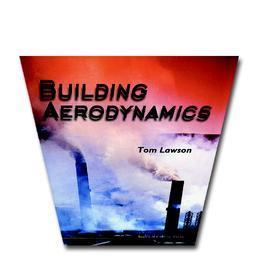Tom Lawson
Imperial College Press
£44
(ISBN 1-86094-187-7)
The various interactions between wind and buildings are considered in Building Aerodynamics, written specifically for engineers and architects.
Each section contains a general introduction and summary of the topic under analysis, which allows the book to be used as a reference manual – the summaries are even separated for engineers and architects. This is followed by a more detailed observation explaining the extent to which quantifiable information can be made available by the engineer to the design team on each subject. Tables and figures from numerous examples are clearly presented throughout.
A feature of the book is that theory has been kept to a minimum and is only presented when the analysis is not particularly well known.
Topics under discussion include wind loading, which is particularly interesting for those wanting to know more on situations when design loads are high. It discusses in what situations wind tunnel investigations are necessary.
Ventilation is covered, giving data from wind tunnel studies that can help to ensure correct specifications are met. Air changes per hour are presented, as well as velocities through doors, to maintain comfort for the users and also provide input to help heat balance calculations.
The book highlights the importance of wind in fire situations and discusses the essential areas that must be sheltered from wind in order to ensure equipment and plant works correctly. Again, wind tunnel investigation data is available.
Building emissions are discussed as a joint responsibility between the engineer and the architect.
Source
Building Sustainable Design




















